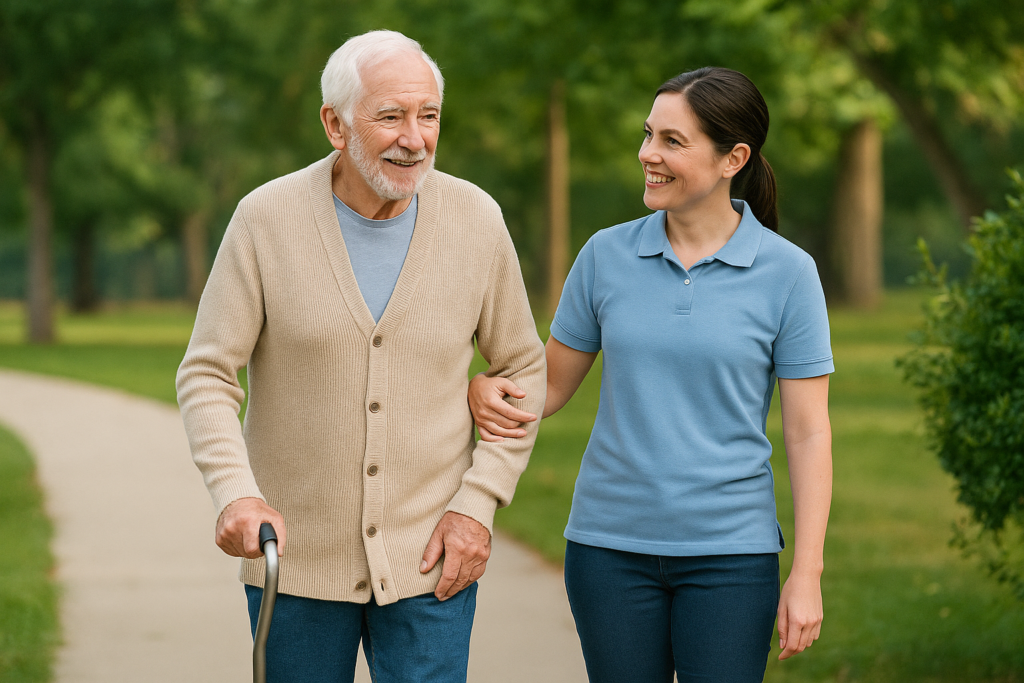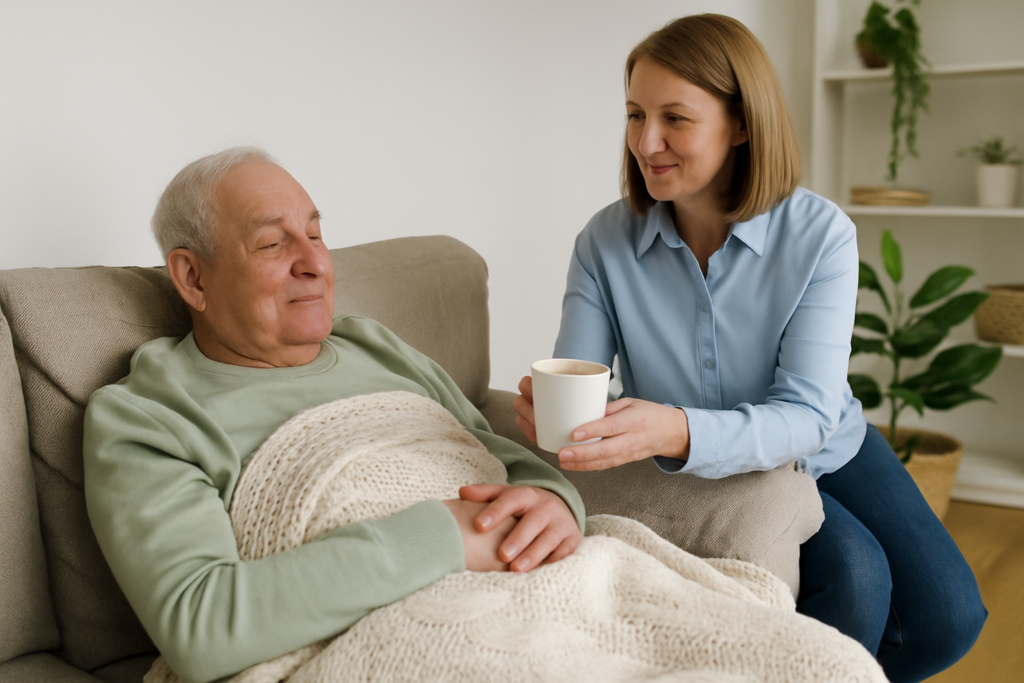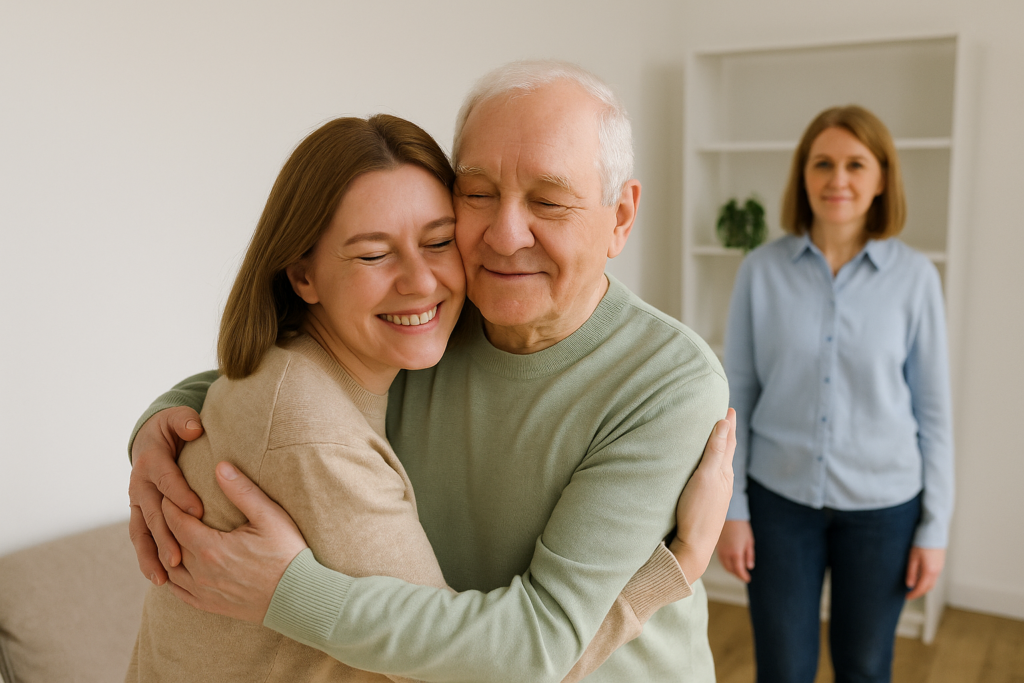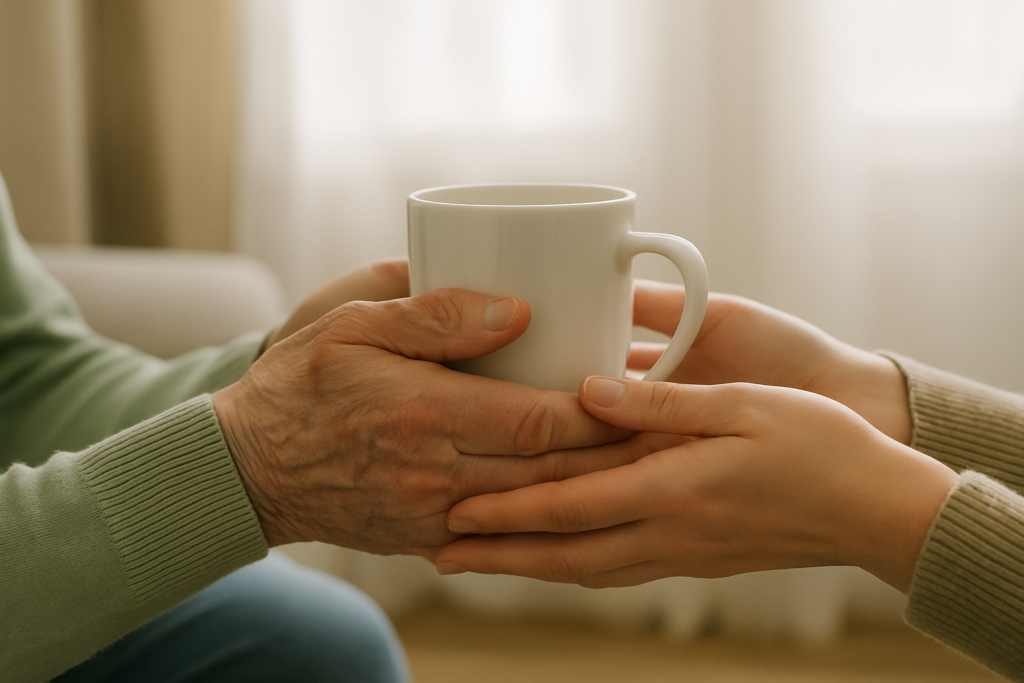There’s something deeply comforting about being home. The familiar creak of the floorboards, the scent of your favorite coffee brewing in the morning, and the well-worn armchair by the window all tell a story. Our homes are more than just buildings—they’re extensions of who we are. And as we age or experience health challenges, many of us want the same thing: to stay right where we are, in the places we know and love.
But aging at home doesn’t mean doing it all alone. That’s where non-medical home care steps in—quietly, compassionately, and with a helping hand that allows people to live independently while getting the support they need.
Let’s unpack how this kind of care is changing lives, preserving dignity, and helping thousands of people thrive in the homes they cherish.

What Is Non-Medical Home Care, Anyway?
Let’s get something straight right off the bat—non-medical home care isn’t about hospitals or IVs or clinical procedures. It’s about everyday living. It’s assistance with tasks that may have become too difficult due to age, illness, injury, or disability. Think of it as a supportive presence that helps maintain independence rather than replacing it.
Non-medical home care typically includes:
- Help with bathing, grooming, and dressing
- Meal preparation and feeding assistance
- Light housekeeping and laundry
- Medication reminders (not administration)
- Companionship and social interaction
- Transportation to appointments or errands
These services are provided by trained caregivers, often called home care aides or personal care assistants. They don’t wear white coats, and they don’t carry stethoscopes—but they offer something equally vital: consistent, compassionate support for daily living.
Maintaining Independence, One Task at a Time
One of the biggest fears people face as they age or lose mobility is the loss of independence. Nobody wants to feel like a burden, or like they have to give up the control they’ve had over their lives for decades.
Non-medical home care is not about taking over—it’s about helping individuals keep doing what they can do, and stepping in where they need a little help. A caregiver might assist with getting dressed in the morning, but then encourage the client to make their own toast or read the morning news. It’s a partnership, not a takeover.
This balance helps clients maintain a sense of autonomy, which is deeply linked to overall well-being and mental health. People feel better—physically and emotionally—when they are given the space to make decisions and participate in their own care.

Home Care Helps Families, Too
Let’s not forget the unsung heroes: family caregivers. Spouses, children, and siblings often step in to help aging or disabled loved ones. But that responsibility can be overwhelming. Trying to juggle a full-time job, children, and caregiving duties can take a heavy toll on someone’s emotional and physical health.
Non-medical home care doesn’t just support the person receiving care—it offers vital relief for family members. Even just a few hours a week of respite care can make all the difference.
It means a daughter can go to work without worrying if her mom remembered to take her pills. It means a husband can take a short break while knowing his wife is being well cared for by a kind and competent professional.
This shared responsibility allows families to maintain their roles as loved ones first—not just caregivers.
A Safe and Familiar Environment
Home is more than just a comfort—it’s also a safer environment in many cases. Studies have shown that individuals who remain at home often experience fewer infections, less exposure to communicable diseases, and a lower risk of depression compared to those in institutional settings.
That said, aging at home isn’t without challenges. Falls, confusion, and isolation can become real risks. That’s where non-medical home care becomes crucial. A caregiver can help prevent accidents by:
- Ensuring walkways are clear
- Assisting with mobility
- Providing supervision for dementia or cognitive decline
- Offering companionship that breaks the cycle of loneliness
When you combine the safety of familiar surroundings with personalized, non-invasive support, you get a recipe for longevity and improved quality of life.

More Than Tasks: The Power of Companionship
One of the most overlooked but powerful aspects of non-medical home care is the companionship it offers. In fact, loneliness and social isolation are significant health risks for older adults. They’ve been linked to higher rates of heart disease, depression, and even cognitive decline.
Caregivers often become trusted friends, confidants, and sources of joy for the people they help. They don’t just make beds or cook meals—they listen to stories, celebrate birthdays, play cards, go on walks, and bring genuine warmth into the home.
That human connection? It’s not just a nice bonus—it’s a form of care all its own.
Customized Care—Not One Size Fits All
Another beauty of non-medical home care is how adaptable it is. Care plans can be tailored to fit each person’s unique needs. Whether someone needs assistance for a few hours a week or round-the-clock support, services can be scaled to match.
Maybe Mrs. Thompson just needs help with groceries and laundry. Maybe Mr. Green, recovering from surgery, needs someone to help him shower safely and get to his physical therapy appointments. Non-medical care can meet both needs—without anyone feeling like they’re being given “too much” or “not enough.”
It’s not about fitting people into a mold—it’s about fitting care around a person’s life.

Bridging the Gap Between Health and Lifestyle
Non-medical home care often works hand-in-hand with other services. Someone might receive regular visits from a nurse or physical therapist (which falls under medical home health care), while also having a caregiver assist with meals and bathing in between.
This seamless bridge between clinical care and daily living support is what allows many people to recover from illness, manage chronic conditions, or simply age in place with dignity.
It’s a holistic approach to health—not just checking vital signs but supporting the whole person, every day.
The Emotional Impact: Confidence, Comfort, and Peace of Mind
Beyond practical assistance, non-medical home care plays a powerful emotional role in the lives of both clients and their families.
For clients, the support brings a renewed sense of confidence. Tasks that once felt daunting—like showering safely or preparing a hot meal—become manageable again. That sense of capability can be incredibly empowering, especially for those who’ve spent their lives taking care of others. With a little help, they regain a feeling of control over their routines and environment.
There’s also deep emotional comfort in not having to leave home. Remaining in familiar surroundings with beloved pets, personal mementos, and a well-worn couch brings daily peace. It can be the difference between simply “getting by” and truly feeling at home.
For families, the benefits are just as significant. Knowing a loved one is safe, cared for, and emotionally supported eases worry. It fosters better family relationships too—visits can be filled with meaningful conversations rather than managing chores or medications.
This emotional layer of care—less visible but deeply felt—helps create a holistic foundation for well-being. It reminds us that health isn’t just about the body. It’s about the heart and mind too.

The Financial Picture: Is It Affordable?
One common question is whether non-medical home care is affordable. The answer, like many things, depends.
In some cases, long-term care insurance, veterans’ benefits, Medicaid waiver programs, or local nonprofit organizations help offset costs. Private pay is also common, especially when care is needed for only a few hours a week.
That said, non-medical home care can be significantly less expensive than assisted living or nursing home facilities—especially for those who don’t need round-the-clock medical care.
And for many families, the peace of mind and improved quality of life are worth every penny.
A Future of Aging with Grace
As our population grows older, the demand for non-medical home care will only increase. But rather than viewing this as a challenge, we should see it as an opportunity.
An opportunity to reimagine aging.
To honor our elders by allowing them to live in dignity.
To support families as they care for loved ones.
To create jobs that value empathy, patience, and kindness.
The future of care doesn’t have to be sterile or institutional. It can be warm, personal, and rooted in the comfort of home.

Final Thoughts: Independence Doesn’t Mean Doing It All Alone
At its heart, non-medical home care is about preserving what matters most—independence, dignity, and connection. It’s not about giving up control. It’s about choosing support that respects your wishes and enhances your ability to live on your own terms.
Whether it’s a helping hand in the kitchen, a ride to the doctor, or a friendly face to share a laugh with, non-medical home care fills the gap between needing help and living fully.
Because independence doesn’t mean doing everything by yourself. Sometimes, it means knowing when to ask for help—and finding just the right person to give it.